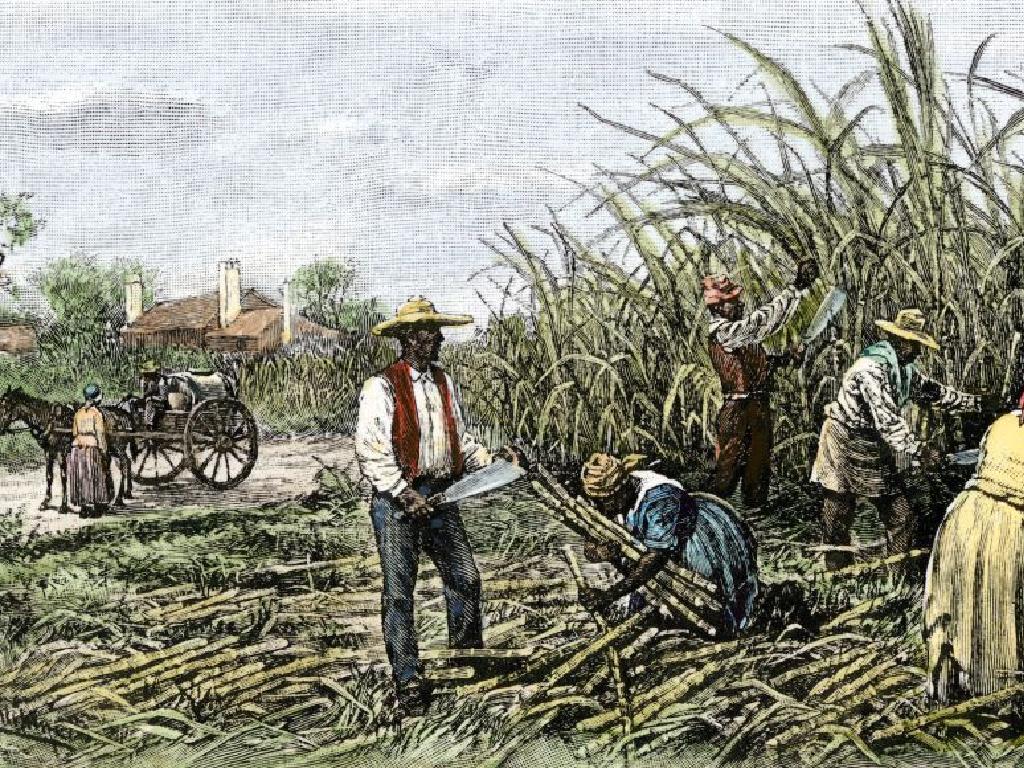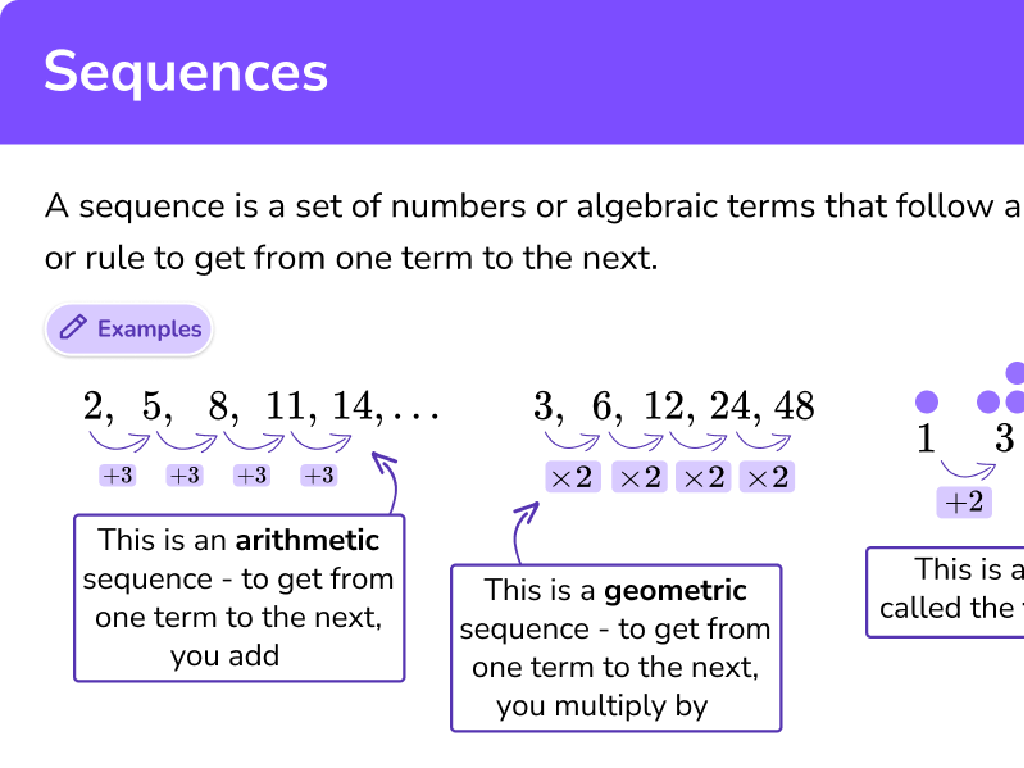Start Here
Subject: Arts and humanities
Grade: High school
Topic: Ap /College Art History
Please LOG IN to download the presentation. Access is available to registered users only.
View More Content
Introduction to AP Art History: The Renaissance
– Welcome to AP Art History!
– Value of diverse art study
– Art reflects cultural values, beliefs, and history.
– Exploring the Renaissance
– A pivotal era of artistic transformation in Europe.
– Today’s lesson overview
– We’ll examine key Renaissance artists and their works.
|
This slide introduces students to the AP Art History course, emphasizing the importance of studying art from various cultures and historical periods to gain a comprehensive understanding of human expression and civilization. The Renaissance period, known for its significant contributions to art and culture, will be the focus of today’s lesson. Students will learn about the characteristics of Renaissance art, its historical context, and its impact on the development of Western art. Encourage students to think about how art from different periods can reflect societal values and contribute to our understanding of history.
Exploring Art History
– Defining Art History
– Study of art’s development, styles, and artists over time.
– Art Historians’ Analysis
– They examine style, technique, and symbolism to understand a piece’s meaning.
– Art in Historical Context
– Art reflects the society, politics, and beliefs of its time.
– Significance of Art History
|
Art History is a field that studies the evolution and cultural significance of art throughout human history. It’s important for students to grasp that Art History is not just about memorizing dates and artists, but also understanding the cultural and historical significance behind the creation of art. Art Historians use various methods to analyze and interpret art, looking at elements such as composition, technique, and thematic content to derive meaning. The connection between art and its historical context is crucial, as art often reflects the societal values, historical events, and prevailing ideologies of the time it was created. This slide aims to provide students with a foundational understanding of what Art History encompasses and why it is a significant discipline within the humanities.
Exploring the Renaissance Period in Art
– Defining Renaissance Art Characteristics
– Emphasis on naturalism, perspective, and human anatomy
– Renaissance Masters: Da Vinci, Michelangelo, Raphael
– Explore ‘Mona Lisa’, ‘David’, ‘School of Athens’ as key works
– Art Techniques Innovated in the Renaissance
– Use of chiaroscuro, sfumato, and linear perspective
|
The Renaissance was a pivotal period in art history marked by a renewed interest in the classical past and a focus on humanism. Characteristics of Renaissance art include a greater emphasis on realism, the use of perspective to depict three dimensions on a flat surface, and improved representations of human anatomy and the natural world. Key artists like Leonardo da Vinci, Michelangelo, and Raphael pushed the boundaries of art with their innovative techniques and masterpieces. Techniques such as chiaroscuro (contrast between light and dark), sfumato (blurring lines and colors), and linear perspective (creating the illusion of depth) were developed during this time. Encourage students to analyze how these techniques were used in famous works and to discuss the impact of these artists on the art world.
Analyzing Renaissance Art
– Perspective in ‘The Last Supper’
– Da Vinci’s use of linear perspective guides viewer’s focus.
– Symbolism in Renaissance art
– Objects/figures often hold deeper meanings, e.g., colors, gestures.
– Renaissance vs. Gothic style
– Note the shift from religious to human-centered themes.
– Impact of cultural context
|
This slide aims to delve into the characteristics of Renaissance art, highlighting the innovative use of perspective, rich symbolism, and the stark differences from the Gothic style. ‘The Last Supper’ by Leonardo da Vinci is a prime example of perspective use, creating a realistic spatial effect and directing the viewer’s attention. Symbolism is rampant in Renaissance art, with every element often holding significant meaning, reflecting the era’s intellectualism. Comparing Renaissance to Gothic art reveals a transition from vertical, ethereal figures to more grounded, human-focused representations. Discuss how the cultural context of the Renaissance, with its emphasis on humanism and rediscovery of classical antiquity, influenced these changes in artistic style and content.
Renaissance Art Beyond Italy
– Spread of Renaissance across Europe
– Ideas moved via trade, travel, and print
– Northern Renaissance traits
– Emphasis on detail, domestic interiors, and portraiture
– Comparing Italian & Northern Renaissance
– Italian focus on antiquity vs. Northern focus on domestic life
– Notable Northern artworks
– ‘Arnolfini Portrait’ by Jan van Eyck, ‘The Garden of Earthly Delights’ by Hieronymus Bosch
|
This slide explores the influence of the Renaissance beyond Italy, particularly in Northern Europe. Discuss how the Renaissance ideas spread through trade routes, the advent of the printing press, and increased travel. Highlight the unique characteristics of the Northern Renaissance, such as the intricate detail and the common themes of domestic life and individual portraiture. Compare and contrast these with the Italian Renaissance’s emphasis on classical antiquity and humanism. Provide examples of notable works from the Northern Renaissance, such as Jan van Eyck’s ‘Arnolfini Portrait’ and Hieronymus Bosch’s ‘The Garden of Earthly Delights’, to illustrate these differences. Encourage students to consider how cultural and historical contexts shape artistic movements.
Class Activity: Analyzing Renaissance Art
– Select a Renaissance painting
– Examine perspective, symbolism, emotion
– Look for vanishing points, use of light and shadow, symbolic objects, and facial expressions
– Create a presentation of your analysis
– Share your insights with the class
|
This activity is designed to deepen students’ understanding of art history by engaging with the artwork directly. Students should choose a painting from the Renaissance period and focus on identifying the artistic techniques used, such as linear perspective, which gives a sense of depth; symbolism, where objects represent broader concepts; and the portrayal of emotion through gestures and expressions. They will then prepare a short presentation to share their analysis with the class, fostering public speaking and critical thinking skills. Possible paintings for analysis could include works by Leonardo da Vinci, Michelangelo, or Raphael. Encourage students to use library resources or online databases to find a painting and gather information. Provide a rubric for the presentation to guide their analysis and ensure they cover key points.
Renaissance Influence: Then and Now
– Recap Renaissance impact on art
– The Renaissance revolutionized perspective, realism, and humanism in art.
– Renaissance influence on modern art
– Contemporary art still echoes Renaissance techniques and themes.
– Reflect on personal learning
– Consider how the Renaissance resonates with your view of art.
– Encourage class discussion
|
This slide aims to summarize the profound effect the Renaissance had on the evolution of art, highlighting key innovations such as the use of perspective, a focus on realism, and the celebration of humanism. Discuss how these elements can be seen in today’s art, encouraging students to identify the lasting legacy of Renaissance artists. The reflection part should prompt students to internalize the information and express how their perception of art has changed. Facilitate a class discussion to allow students to share their insights and engage with their peers, fostering a deeper appreciation of art history.






